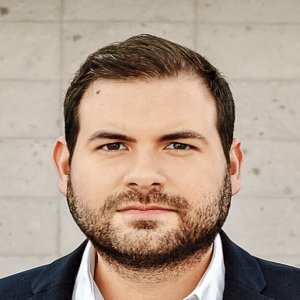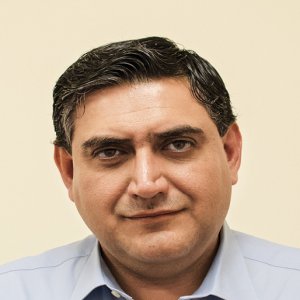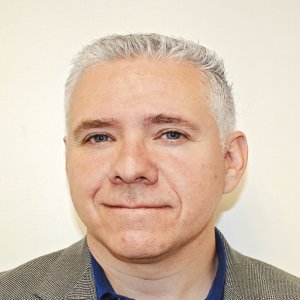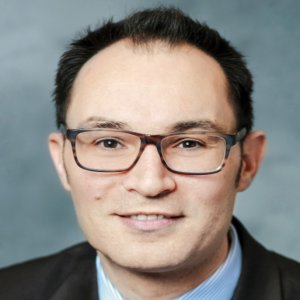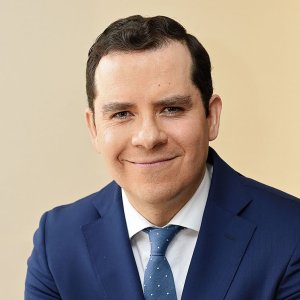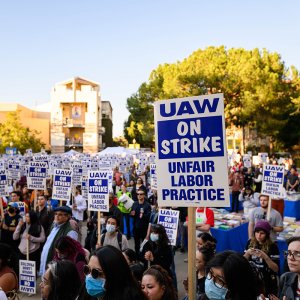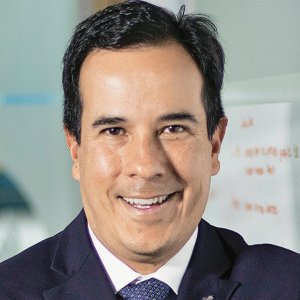Chinese OEM Making Its Mark in Mexico

STORY INLINE POST
Q: How has BAIC grown to be one of the main OEMs internationally and what role do you expect Mexico to play in your global strategy?
A: BAIC’s internationalization began on June 22, 2013. Being a young company gives us room to do things differently and to stand out from other automakers in the market, especially Chinese OEMs. We purchased our technology from SAAB in 2009 and built the BAIC brand incorporating global ideas and technology. In addition, our partnerships with Hyundai and Daimler supported us with experience, adding to the knowledge provided by our auto parts division and our merger with Inalfa. These alliances allowed us to create an international business model and to offer the best solution to our clients.
After putting our globalization efforts into motion in 2013, we chose several countries as strategic markets for our operations. One was Mexico, alongside Russia, South Africa and Brazil. Up to that point, Brazil was a promising region but changes to the country's automotive market moved our focus to Mexico and South Africa. Our goal is to build production sites in all these countries and in December 2015 we signed an agreement with the South African government to build a new plant with an US$800 million investment. The project started in August 2016 and the plant is expected to begin operations in the second half of 2018. It will allow us to target the entire African continent.
Following the same strategy, we plan to have a manufacturing facility in Mexico to manage our exports in the region. We will first focus on neighboring countries in the Caribbean and Latin America, eventually moving to North America. Chinese companies are known for working fast so we expect to decide where, when and how much we will invest in Mexico by the second half of 2017. Subsequently, we will establish our five-year plan to show the country how ambitious we are.
Q: Considering the lack of precedent set by Chinese OEMs in Mexico, how will you build trust to participate in such a competitive market?
A: Previously, another Chinese company tried to market its products in Mexico but was not successful. This led us to come up with a new way to promote our brand and our products. From the experience of this company and our own experience in other international markets, we determined that we needed a formal distribution channel to properly target the Mexican market, just like other international OEMs. This would allow us to showcase the vehicles and provide the necessary aftersales service for our clients.
Aftersales was a major area of opportunity for Chinese carmakers venturing into Mexico so before introducing our vehicles to the market, we made sure we had the support of local auto parts branches. We already have a spare parts center in Mexico City and we plan to build another two in the Bajio region and the north of the country.
Our future investment will also show our long-term commitment to Mexico. We will offer financial support for our customers through Chinese and international banks. We are currently working with Banorte in Mexico and have an alliance with JP Morgan in the US. Additionally, we have a partnership with ICBC from China, HSBC and Santander. We are trying to use as many resources as we can from international companies to build our own strengths and advantages. We are a Chinese company but we are also a global player and through these strategies we can create trust with clients and with the Mexican government. Right now, we are in Mexico and we are established as a Mexican company as well.
Q: Why did BAIC choose Grupo Picacho as its main distributor in the country?
A: Before signing an agreement with Grupo Picacho we carried a two-year study of the Mexican market. We talked with several dealership groups and discovered that many of them were not confident investing in and distributing a Chinese brand. Each of our dealerships required an investment of approximately US$1 million so it was a risky decision for them. After several discussions with Grupo Picacho, we reached a mutual understanding.
The Group’s directorate visited BAIC’s operations in China and saw the results of our current joint-ventures with Daimler and Hyundai. Noticing that we had more than 58 years of experience, a healthy background with the Chinese government and a strong market share in our home country, it signed the agreement and both parties were pleased with the decision.
Q: Where does BAIC see the biggest opportunities to market its products?
A: After our two-year analysis, we concluded that Mexico City and its neighboring states represented more than half of the total automotive market in Mexico, allowing us to determine the best locations for our distributors. The first was established in Mexico City in June 2016, the next in Cuernavaca in July and the third distributor in Queretaro by the end of October. Another four dealerships were opened before the end of 2016. We will continue to focus on the center of the country, the Bajio region and the north of Mexico due to the growth levels we have seen through 2015 and 2016.
Q: What opportunities does BAIC see for its electric car offering?
A: The electric car market is not as big as we imagined it would be, not only in Mexico but in the whole world. Even in China, electric vehicles are a small percentage of overall sales, though Beijing is currently the biggest market for electric cars with almost 10,000 units in use, mostly as taxis. In 2017, the plan is to double that number and by 2022 when Beijing hosts the Winter Olympics, the city aims to only have electric taxis. These vehicles are an attractive solution for the government to reduce its carbon emissions and ease traffic conditions and we have the necessary experience to support companies that want to integrate electric units into their fleets.
We will not sell electric cars to the Mexican public in the short term. Most investments in electric technologies go to establishing charging stations. Without the right program, the investment is not a practical alternative but we are working with the government to find an adequate solution for public transportation and leasing operations.
Q: How do you see China and Mexico’s relationship improving after BAIC’s move into the country?
A: We see this as an excellent opportunity for our commercial relationship with Mexico to grow further. China’s President Xi Jinping visited Mexico in 2013 and President Enrique Peña Nieto went to China in 2014. Both have met at several international conferences and both countries are hoping to do more business.
Three years ago, China opened its borders to more imports and I think there are many products we could source from Mexico. There is a definite opportunity to improve our bilateral relationship and BAIC’s investment will boost this exchange. We do not want to focus on numbers in Mexico but on market-oriented growth. Our goal is to hold 3 percent market share by 2020. In addition, we plan to expand beyond the domestic market, so our production base in Mexico will have an even greater reach in the future.
